Since PM Scott Morrison did not announce the federal election date last week, it will now be held somewhere between March and May (see the post from ABC’s Antony Green for details). Various aspects of elections are covered in the Civics & Citizenship Australian Curriculum in Years 4, 5 and 6. Students are interested in topical issues in society and their local community. After all, it’s adults making decisions now about issues that will affect them, and it students feel quite strongly that they should have a say. Guiding that process from within a classroom can be a good thing.
And regardless of what opinions we hold on particular topics, learning how the voting system works, with assistance from free additional resources by the AEC (Australian Electoral Commission), is useful and one might say essential for everyone in our society. With our Election Activity Bundle, you as a teacher (or home tutor) have everything you need to guide this learning process.
Most of the materials can be used in a remote classroom, with the appropriate PDFs and other resources made available to the students – so they are definitely usable in a COVID scenario.
While the “Show of Hands” Activity of course works fine, doing the secret ballot from the “Running a Class Election” Activity is not practical in a remote setting, and that in itself is something that can be discussed with the students, compensating for missing out on actually doing it… what are the issues there?
The activities are of course specifically aimed at the above-mentioned year levels. However, the base resources are suitable for high school students and adults as well! Everything you wanted to know about preferences, for instance.
So, while planning the latter part of your first school term this year, grab our Election Activity Bundle today, for only $9.

 Are you considering implementing our integrated HASS+Science program, but getting a tad confused by the pricing? Our subscription model didn’t not provide a So nowstraightforward calculation for a whole school or year-level. However, it generally works out to $4.40 (inc.GST) per student. So now we’re providing this as an option directly: implement our integrated HASS+Science program school-wide from just $4.40 per student. Easy!
Are you considering implementing our integrated HASS+Science program, but getting a tad confused by the pricing? Our subscription model didn’t not provide a So nowstraightforward calculation for a whole school or year-level. However, it generally works out to $4.40 (inc.GST) per student. So now we’re providing this as an option directly: implement our integrated HASS+Science program school-wide from just $4.40 per student. Easy!

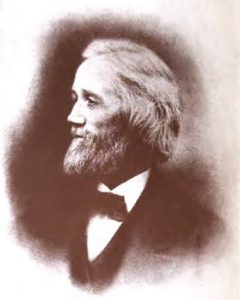
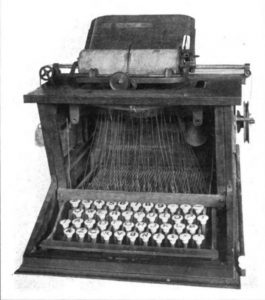
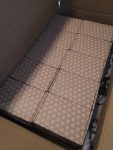 Here’s our batch of brand new
Here’s our batch of brand new 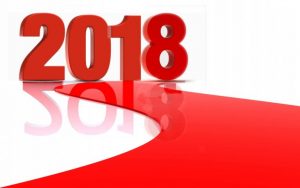
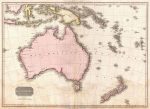 Well, most of our schools are back, or about to start the new year. Did you know that there are schools using OpenSTEM materials in every state and territory of Australia? Our wide range of resources, especially those on Australian history, give detailed information about the history of all our states and territories. We pride ourselves on having a resource on every topic in the Australian HASS and Science curriculum for primary school, so if you find something that you think is missing, please let us know and if it’s not there already, it soon will be!
Well, most of our schools are back, or about to start the new year. Did you know that there are schools using OpenSTEM materials in every state and territory of Australia? Our wide range of resources, especially those on Australian history, give detailed information about the history of all our states and territories. We pride ourselves on having a resource on every topic in the Australian HASS and Science curriculum for primary school, so if you find something that you think is missing, please let us know and if it’s not there already, it soon will be!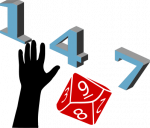 Last year, after requests from some of the teachers we work with, OpenSTEM® started developing resources to assist with the Maths curriculum. Our Diced Maths® resources have been so popular that some students have even asked if they could swap from computer-based Maths programs to the Diced Maths resources! Students report that these resources make them feel more in control of their own learning and love “playing” with the funky dice. Many don’t see the activities as “doing Maths” at all. These activities develop students’ problem solving skills, whilst practising all their basic Maths concepts and operations at the same time.
Last year, after requests from some of the teachers we work with, OpenSTEM® started developing resources to assist with the Maths curriculum. Our Diced Maths® resources have been so popular that some students have even asked if they could swap from computer-based Maths programs to the Diced Maths resources! Students report that these resources make them feel more in control of their own learning and love “playing” with the funky dice. Many don’t see the activities as “doing Maths” at all. These activities develop students’ problem solving skills, whilst practising all their basic Maths concepts and operations at the same time.
My grade 4 son's review is below. I think he liked seeing the patterns it made. It was just a…
Brad